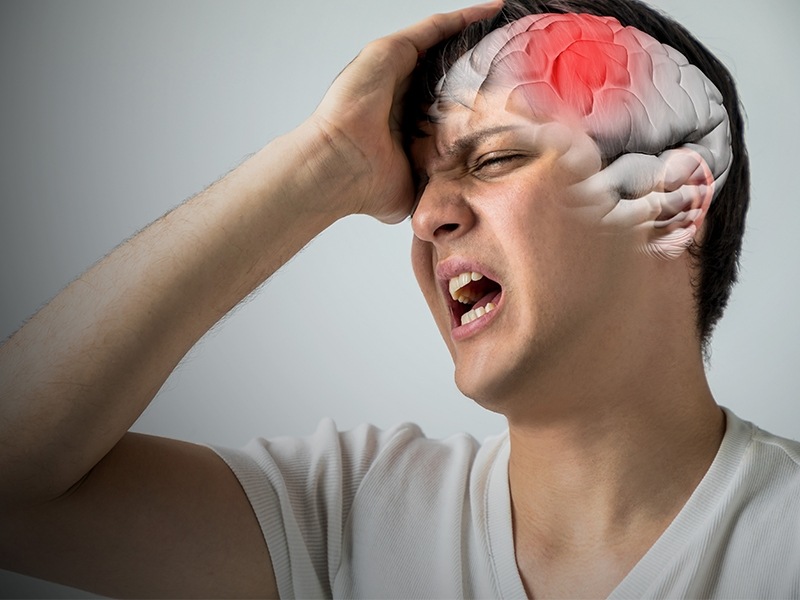STROKE
What is stroke?
A stroke occurs when the blood supply to part of your brain is interrupted or reduced, preventing brain tissue from getting oxygen and nutrients. Brain cells begin to die in minutes. A stroke is a medical emergency, and prompt treatment is crucial. Early action can reduce brain damage and other complications. Most strokes are caused by an abrupt blockage of arteries leading to the brain (ischemic stroke). Other strokes are caused by bleeding into brain tissue when a blood vessel bursts (hemorrhagic stroke). Because stroke occurs rapidly and requires immediate treatment, stroke is also called a brain attack. When the symptoms of a stroke last only a short time (less than an hour), this is called a transient ischemic attack (TIA) or mini-stroke.

What are the symptoms of stroke?
The effects of a stroke depend on which part of the brain is injured, and how severely it is injured. Since different parts of the brain control different areas and functions, it is usually the area immediately surrounding the stroke that is affected.
Strokes may cause
- Sudden weakness in limbs,
- Loss of sensation,
- Difficulty with speaking, seeing, or walking.
Sometimes people with stroke have a headache, but stroke can also be completely painless. It is very important to recognize the warning signs of stroke and to get immediate medical attention if they occur.
Book an Appointment For a Consultation
How to recognise stroke? BE FAST
Seek immediate medical attention if you notice any signs or symptoms of a stroke, even if they seem to come and go or they disappear completely.
Think “FAST” and do the following:
Face. Ask the person to smile. Does one side of the face droop?
Arms. Ask the person to raise both arms. Does one arm drift downward? Or is one arm unable to rise?
Speech. Ask the person to repeat a simple phrase. Is his or her speech slurred or strange?
Time. If you observe any of these signs, call for emergency medical help immediately.
Call your local emergency number right away. Don’t wait to see if symptoms stop. Every minute counts. The longer a stroke goes untreated, the greater the potential for brain damage and disability.
If you’re with someone you suspect is having a stroke, watch the person carefully while waiting for emergency assistance.
What are treatment options?
- Lifestyle modifications- Diet and exercises
- Medical management- Blood thinners(Antiplatetlets Drugs),Drugs to control BP, blood sugar and lipids .
- Intravenous thrombolysis- In case of Large vessel occlusion upto 4.5hours
- Endovascular treatment of stroke- In case of Large vessel occlusion up to 6 hours and in some cases can be treated up to 24 hours.

